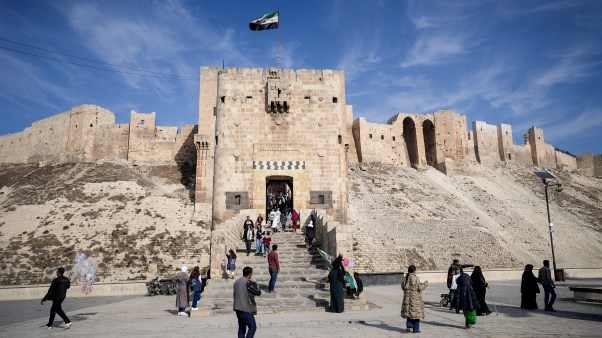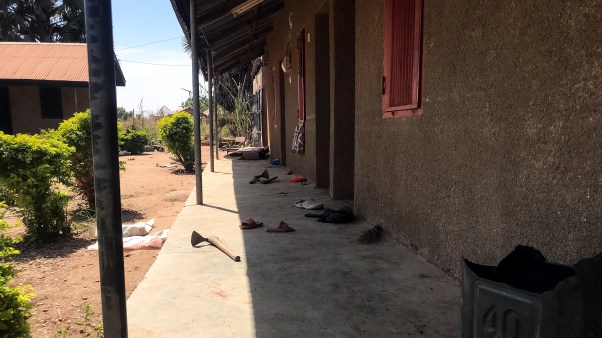Update (July 29): Baptist Press notes several discoveries related to King Solomon at the excavation of Tel Gezer.
—–
A "gold rush mentality" has seized biblical archaeologists near the Elah Valley, a Philistine-Israeli border region that has been shedding new light on David and Solomon.
Now Israeli archaeologists have discovered the remains of two of the largest buildings known to have existed in the ancient kingdom of Judah. But were the buildings actually palaces of King David?
According to the Israel Antiquities Authorities (IAA), which led the excavation along with professors from the Hebrew University of Jerusalem, the archaeologists have identified one of the buildings as David's palace and the other as one of his royal storerooms. More importantly, they say the newly discovered buildings now are the best evidence of the existence of Judah in the 10th century B.C.
"The palace and storerooms are evidence of state sponsored construction and an administrative organization during King David's reign," IAA states.
The ruins are located on the site of modern-day Khirbet Qeiyafa, southwest of Jerusalem, where developers had been planning a new construction project. But it turns out that Khirbet Qeifyafa has been a hub for urban planners for centuries: "Khirbet Qeiyafa is the earliest known example of this city plan and indicates that this pattern had already been developed by the time of King David," the Jerusalem Post reports.
The significance of the find has led the IAA to cancel the construction of a nearby neighborhood and argue that the area should be declared a national park.
In spite of the excitement, some American experts are skeptical that the palace actually belonged to King David himself. According to Baptist Press (BP), Old Testament and archaeology professors caution "against concluding the remains are David's actual palace, [but note] that the discovery in the least is a significant part of the Old Testament figure's kingdom."
At the very least, the discovery indicates that "Khirbet Qeiyafa was perhaps a city under the hegemony of the developing Davidic monarchy," Steven Ortiz, associate professor of archeology and biblical backgrounds and director of the Charles D. Tandy Institute for Archaeology at Southwestern Baptist Theological Seminary, told BP.
CT regularly reports on archaeology, including how the excavations at Khirbet Qeiyafa indicate a pendulum swing in the world of biblical archaeology, as mounting discoveries highlight the diminishing influence of minimalist Bible critics who have discounted the importance of the biblical kings.








